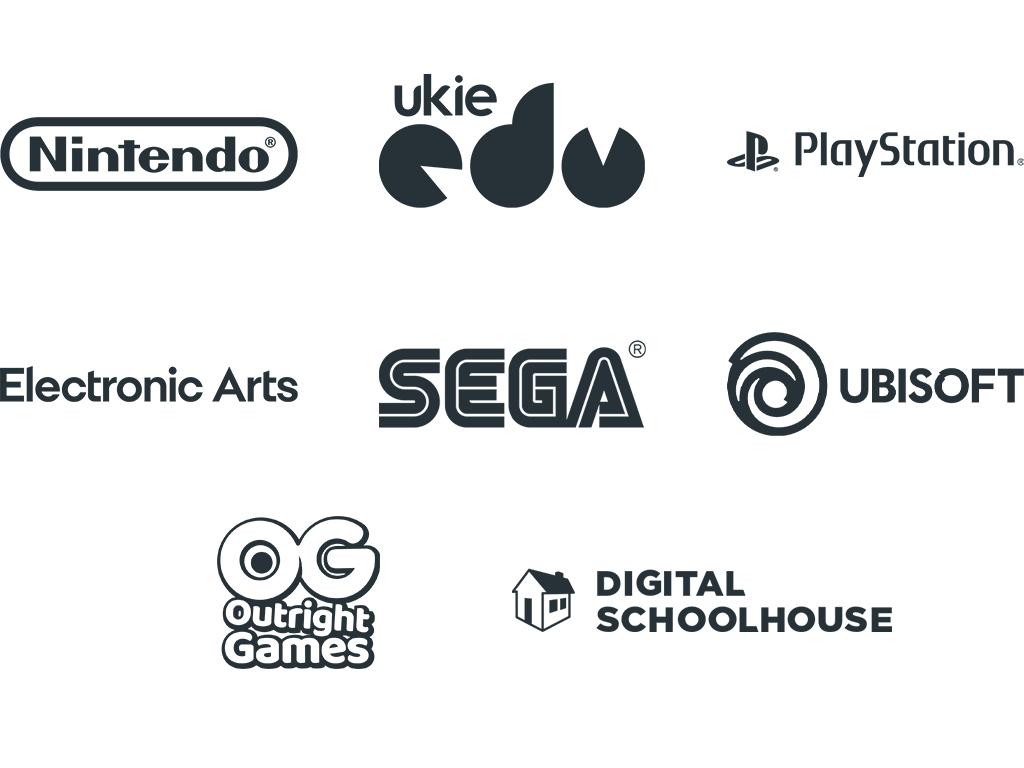
Best of both worlds: Estelle’s journey in a pioneering role - Feb 20
It’s crazy to think that a year has already passed since I first took on the role as Curriculum Content Developer at Digital Schoolhouse, and what a year it has been!
Two things strike me as I reflect on my first year at Digital Schoolhouse. Firstly, that the crazy teaching ideas that got me into trouble when I was doing my teacher training are actually what I get paid for now and secondly, that this is the best job I have ever had!
Highlights of the year include seeing the Ukie team playing the crazy games I had come up with to teach some of the GCSE curriculum – you don’t easily forget seeing grown adults running up and down a room popping balloons – and delivering training days that introduce teachers to how they can bring game development to their classrooms.
It’s no coincidence that the topic I chose for my Master’s dissertation was gamification in the classroom – I have always been interested in how education can harness the power of video games to help students learn. This year has given me the opportunity to continue developing my work illustrating that the use of computer games in education need not be restricted to glorified quizzes and that careful use of commercially available titles, when used in the right way, can be extremely powerful. Over the last couple of weeks, I have started to see the evidence of this in tweets from some of our DSH Lead Teachers that are using the Switched on Sound and Machine Code Mario workshops in their classrooms. Both workshops make use of commercially available games – Switched on Sound uses the Nintendo Labo and Machine Code Mario uses Super Mario Maker 2. These resources are both centred around topics that traditionally can be quite ‘dry’ to teach. Machine Code Mario teaches students about binary representation of numbers and requires students to not only learn how to convert binary into decimal and vice-versa but use this knowledge to create Mario levels. Instead of students demonstrating their understanding by answering a series of questions they can demonstrate a deeper understanding by creating something new. It was lovely to see the picture Millais School tweeted showing how proud students were of their Mario levels and hard to imagine that they would be equally pleased with their response to a sheet of binary to decimal conversion questions.
The Switched on Sound workshop also turns the teaching of sound representation on it’s head. Rather than using a series of diagrams to demonstrate how computers digitally represent sound, students create their own soundwaves using card and scissors and then ‘play’ them using the Labo piano. The theory is the same, the shape of the soundwave and the number of samples alters the sound generated, but students get to experience and crucially, manipulate the sound themselves.
When you look at Bloom’s taxonomy (a model that is used in education to classify the complexity of learning objectives) ‘create’ appears right at the top (the most complex), but I would argue that when the ‘create’ level is bundled in with the second tier ‘understand’ level students are able to gain a much deeper understanding of topics and possibly at a younger age. Sound representation is currently taught at GCSE level but, as Digital Schoolhouse can demonstrate, primary age students are able to grasp these concepts when they are taught using a hands-on approach.
Overall, if my first year has taught me anything, it is that Digital Schoolhouse’s playful learning approach to the teaching of Computing is a powerful tool that opens up complex topics to a wide variety of learners.

